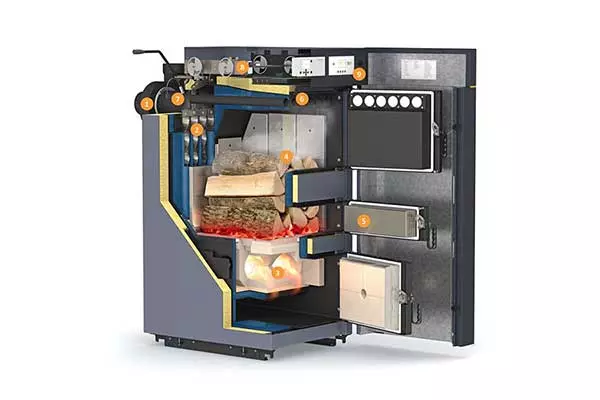
продам найкращі котли газифікації дров - керівництво по купівлі
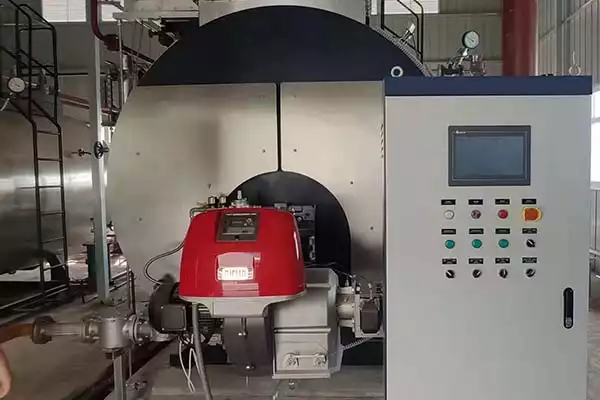
Продам промисловий дизельний паровий котел
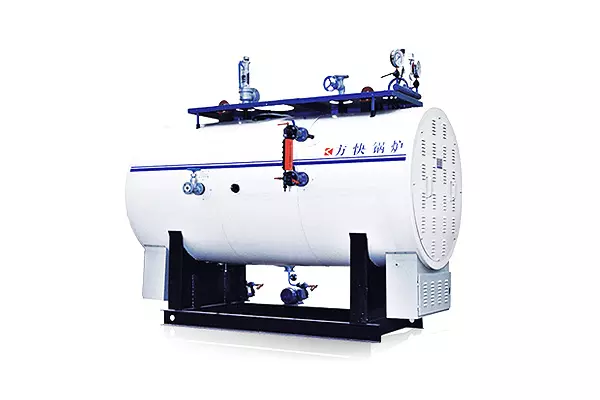
Ефективні та надійні електричні парові котли
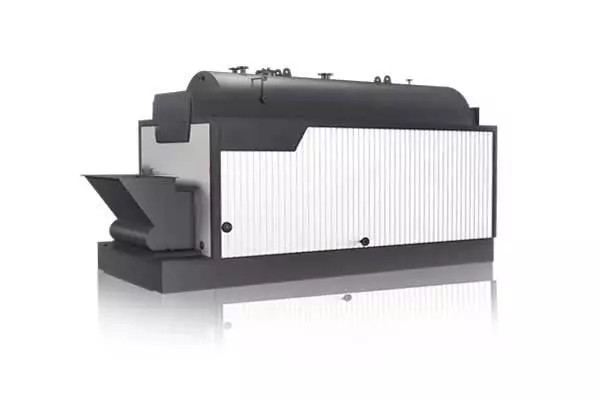
Високоефективні парові котли, що працюють на біомасі
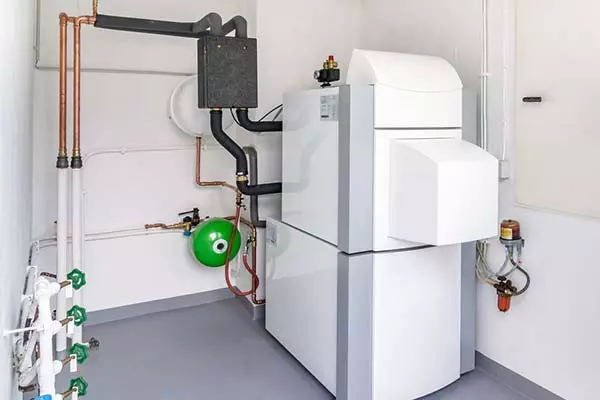
Масляний комбінований котел: Ефективний, Надійний, і економічно ефективним
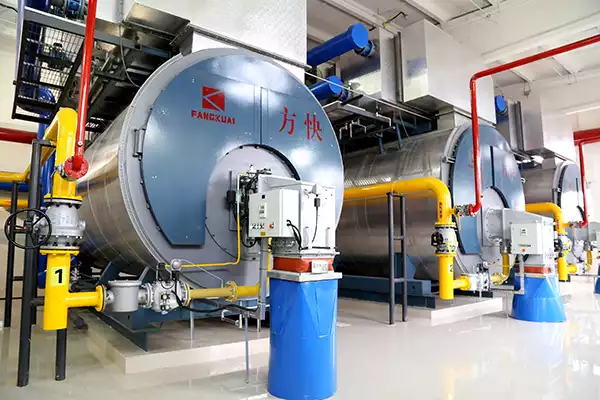
Продам водогрійний котел дизельний
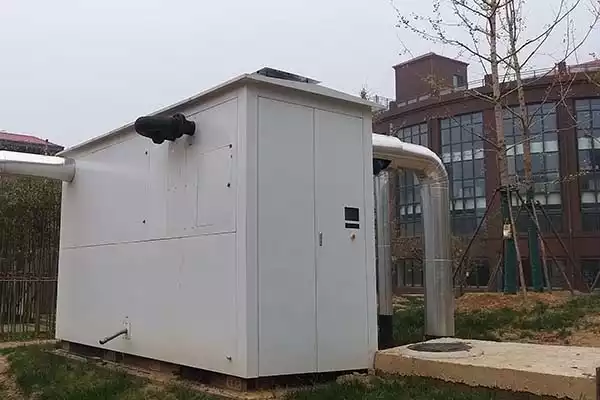
Комерційні масляні котли: особливості, Переваги, і найкращі бренди
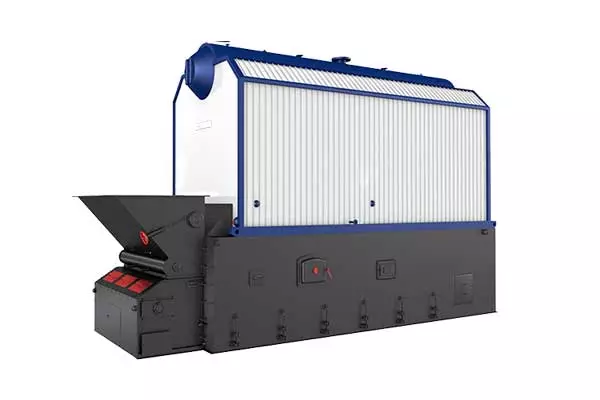
Високоякісні водогрійні котли, що працюють на вугіллі
Zhengzhou Fangkuai Boiler Sales Co., ТОВ. є дочірньою компанією Fangkuai Boiler Company, mainly responsible for the domestic and foreign trade of Fangkuai Boiler.Fangkuai Headquarters Base has a single-building R&D center, повний робочий стан лабораторія і два виробництва рослини, з виробничою площею 120 000 кв. Це провідне підприємство в Китай з можливостями автоматизації обробки котлів, і його продукція експортується в багато країн і регіонів.


Вiew Відгуки нашого Замовника
"Я придбав паровий котел Fangkuai для своєї фабрики, і він працює бездоганно вже кілька місяців. Якість матеріалів і конструкції котла вражають. Це також дуже енергоефективно, що допомогло нам заощадити гроші на наших рахунках за електроенергію. Я настійно рекомендую продукцію Fangkuai усім, хто потребує надійних та ефективних рішень для опалення."
Джон
США"Парогенератори Fangkuai чудові. Вони дуже прості у використанні та вимагають мінімального обслуговування. Обслуговування клієнтів у Fangkuai також виняткове. Вони дуже чуйні і завжди готові допомогти. Енергоефективність парогенераторів також чудова, що допомогло мені заощадити гроші на рахунках за електроенергію. Я дуже рекомендую парогенератори Fangkuai."
Марія
Іспанія"Я дуже вражений якістю водогрійного котла Fangkuai. Він створений для тривалого використання та перевершив мої очікування. Процес встановлення також пройшов дуже гладко, а обслуговування клієнтів було чудовим. Водогрійний котел дуже простий в експлуатації та обслуговуванні, і енергоефективність чудова. Я дуже рекомендую водогрійні котли Fangkuai."
Джек
Австралія"Ми роками використовуємо термальний масляний котел Fangkuai для нашого хімічного заводу, і він ніколи не підводив нас. Котел дуже міцний і може витримувати суворі умови. Він також дуже простий в експлуатації та обслуговуванні, що допомогло нам заощадити час і гроші на технічне обслуговування. Термомасляні котли Fangkuai є першокласними, і я настійно рекомендую їх усім, хто потребує надійних рішень для опалення."
Чанг
Китай"Обслуговування клієнтів у Fangkuai є першокласним. Вони допомогли мені вибрати ідеальний котел для моїх потреб і надали чудову підтримку протягом усього процесу. Процес встановлення також пройшов легко, і котел перевершив мої очікування. Він дуже простий у використанні та обслуговуванні, і енергоефективність чудова. Я настійно рекомендую продукцію Fangkuai усім, хто потребує надійних та ефективних рішень для опалення."
Хуан
Мексика"Бойлер для гарячої води від Fangkuai дивовижний. Нагрівається швидко і ефективно, і вода довго залишається гарячою. У нас ніколи не було з ним проблем, і це значно покращило нашу щоденну роботу. Процес встановлення також пройшов дуже гладко, а обслуговування клієнтів було чудовим. Я дуже рекомендую водогрійні котли Fangkuai."
Сара
Канада"Я придбав паровий котел Fangkuai для своєї фабрики, і він працює бездоганно вже кілька місяців. Якість матеріалів і конструкції котла вражають. Це також дуже енергоефективно, що допомогло нам заощадити гроші на наших рахунках за електроенергію. Я настійно рекомендую продукцію Fangkuai усім, хто потребує надійних та ефективних рішень для опалення."
Джон
США"Допоміжне обладнання Fangkuai зробило мою котельню ще кращою. Якість обладнання виняткова, а ціни дуже прийнятні. Обладнання допомогло підвищити ефективність і продуктивність моєї котельної системи, що призвело до значної економії коштів. Я настійно рекомендую допоміжне обладнання Fangkuai усім, хто потребує високоякісних аксесуарів для котлів."
Марик
Великобританія"Обслуговування клієнтів у Fangkuai є першокласним. Вони допомогли мені вибрати ідеальний котел для моїх потреб і надали чудову підтримку протягом усього процесу. Процес встановлення також пройшов легко, і котел перевершив мої очікування. Він дуже простий у використанні та обслуговуванні, і енергоефективність чудова. Я настійно рекомендую продукцію Fangkuai усім, хто потребує надійних та ефективних рішень для опалення."
Хуан
Мексика